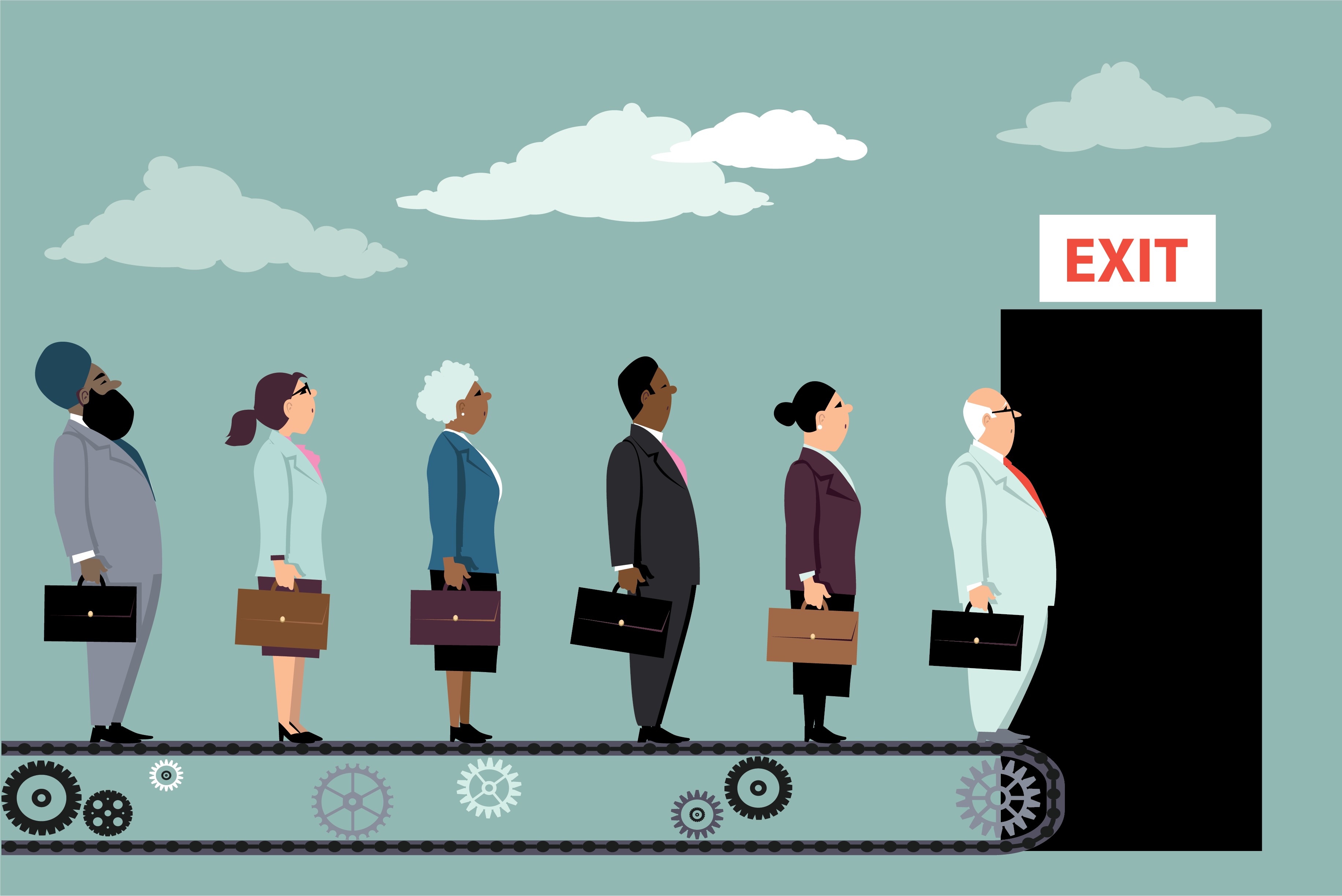
What is the Great Resignation?
There’s been a lot of discussion about the so-called “Great Resignation,” where people who left their jobs during COVID-19 — voluntarily or involuntarily – are apparently not going back to those jobs even as state and local governments are relaxing restrictions and employers are desperate to get them back.
At first, some speculated that it was because of the generous unemployment insurance benefits the federal government was supplying, such as additional benefits, benefits for part-time and gig workers, and benefits for people who’d used up their state benefits. This led to governors in some states cutting off these programs, in the hopes that, without the extra funding, people would be forced to go back to work.
While there’s some truth to that, by and large, that isn’t what’s happened.
In fact, job growth was higher in the states that didn’t cut unemployment insurance benefits. Now, why would that be? A study in August by researchers provides a possible reason: People who lost unemployment benefits cut their spending by 20%. The people who didn’t lose unemployment benefits were able to keep spending, putting more money into their communities and supporting more jobs.
Much of the discussion has focused on what’s keeping people at home. But that’s beside the point. What we really need to know is, how do we get them to work? If cutting unemployment benefits isn’t the answer, what is? Here are some possibilities:
Better wages.
While it doesn’t solve every issue, a number of employers are finding that raising wages brings in more potential employees, especially for jobs that used to pay minimum wage.
Improved benefits.
Employers can raise wages only so much, but some are finding that improving benefits – such as financial wellness – is helping retain employees.
Advancement possibilities.
Some workers who’ve had time to think during the pandemic-enforced shutdown have realized they don’t want to say, “Do you want fries with that?” for the rest of their working lives. Instead, they’re looking for jobs that are more interesting and offer more potential for the future. And that’s not a bad thing, writes Massachusetts Institute of Technology economist David Autor.
“There’s no future in working the fry station at White Castle,” Autor writes. “We should welcome the robot that’s now doing that job at some locations. Automating bad jobs has positive consequences for productivity. When employers pay more for human labor, they have an incentive to use it more productively.”
Child and senior care.
COVID-19 shut down many childcare facilities and nursing homes. Some of them haven’t been able to reopen – ironically, in some cases, due to a lack of employees. Consequently, a number of workers – primarily women – have had to stay home to take care of children, senior citizens or both. Companies that help employees solve this problem, either by providing services directly or helping provide access to services, could get more employees back to work.
Regular hours.
Particularly in industries like retail and hospitality, workers are tired of having to work long hours at night and during weekends, and are looking for jobs that they can do 9-5 or other regular hours that provide a better work-life balance.
Working conditions.
Some people have left jobs because they didn’t like the way they were treated, by employers, customers, or both. “For the first time in years, American workers have enough bargaining leverage to demand better working conditions and higher wages – and are refusing to work until they get them,” writes former Secretary of Labor Robert Reich.
Flexibility.
Especially after being at home for a while, some workers have found that they’re less willing to work nights, weekends, holidays, or irregular hours in general – particularly if they’re expected to keep their time open in case an employer wants to schedule them. Some companies are dealing with this by offering higher wages to work the less popular shifts.
Health.
While this is less of an issue now due to vaccination, a number of employees surveyed earlier this year said they’d quit or hadn’t returned to work because of COVID concerns. Helping front-line workers feel more secure, such as by requiring vaccination or masks from customers, could in particular help with the shortage in this area.
Remote work.
An article in the Washington Post noted that a number of people left jobs where they were required to make long commutes, or work strict hours, in favor of jobs where they could work remotely. A silver lining of COVID-19 was companies realizing that people could – and would – work at least as hard from home as they could from the office. Many employees now want the option to continue working that way. Obviously, people can’t drive a forklift around their living room, as one jobhunter put it, but does the job really require having an eagle eye on the employee in person?
Immigrants.
Many jobs used to be filled by workers from other countries, either permanent or temporary, and both white-collar and blue-collar. Due to COVID-19, as well as to political issues, that pipeline has slowed, meaning there are fewer people to take those jobs. Perhaps it’s time to reopen that pipeline.
Widening the pool.
Generally, employers need to look beyond the places they’ve always looked for workers. According to a study by Gusto.com, that happened in May, when employers increased their hiring of 15-19-year-old workers. Employers need to consider other potential pools they’ve overlooked. For example, using programs such as Ban the Box, some states, cities, and companies are safely hiring people with a criminal record who have paid their debt to society. Employers could consider hiring people who don’t have experience but could be trained. Or employers could reach out to people who’ve retired, to see under what conditions they’d be willing to go back to work, at least part-time.
And then there’s the story of Joey Holz, who reportedly applied to 60 companies during the month of September — mostly local companies that had lamented their inability to hire someone – and who said he got only 16 replies and one offer. Moreover, that offer was for fewer hours and less money than the job ad promised, claiming he could be eligible for those amounts later. While some detractors said perhaps his resume wasn’t up to snuff, even though he had experience, that’s a great example of how companies may be overlooking perfectly adequate workers.
What probably isn’t the answer of getting people to come back to work? Calling potential workers lazy because they no longer are willing to work for the wages being offered under current conditions, like the Missouri billboards telling workers to “Get Off Your Butt!”
Maybe it’s time to think about using carrots instead of sticks.





